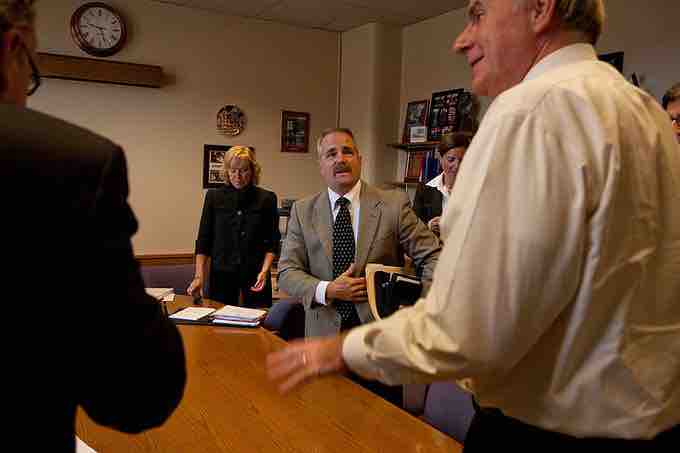Transparency, as used in science, engineering, business, the humanities and in a social context more generally, implies openness, communication, and accountability. Transparency means operating in such a way that it is easy for others to see what actions are performed. For example, a cashier making change at a point of sale by segregating a customer's large bills, counting up from the sale amount, and placing the change on the counter in such a way as to invite the customer to verify the amount of change demonstrates transparency. Radical transparency is a management method where nearly all decision making is carried out publicly. All draft documents, all arguments for and against a proposal, all final decisions, and the decision making process itself are made public and remain publicly archived.
Corporate transparency, a form of radical transparency, is the concept of removing all barriers to—and the facilitation of—free and easy public access to corporate information. This includes the laws, rules, and processes that facilitate and protect those individuals and corporations that freely join, develop, and improve the process .

Talk to me
Keeping the lines of communication open is important
Companies should make a commitment to open communication because communication is crucial to building connections and a sense of community. If we cannot communicate our thoughts, opinions and ideas, we remain isolated and cut off from each other. Open communication also allows for the possibility of self correction and group problem solving. Open communication leads to better decision-making and faster error correction. The transparency that occurs as a result of open communication protects against potential abuses of power and makes for a safer environment overall.